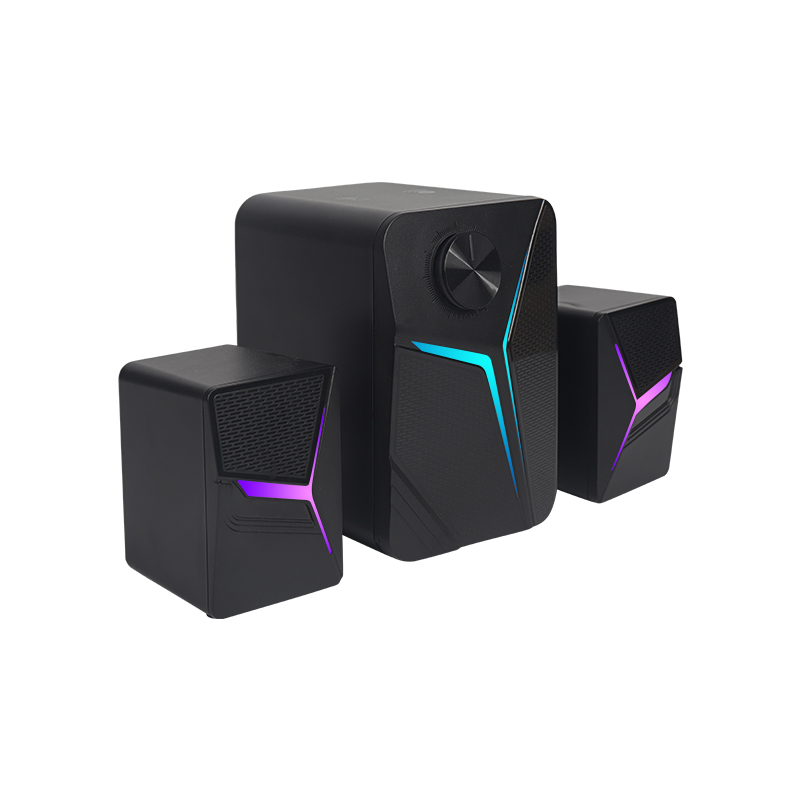
1. The configuration of professional speakers and professional power amplifiers is unreasonable
The output power of the power amplifier is too large, causing damage to the tweeter, which is actually not forgiving. In professional occasions, the speaker can generally withstand 3 times the rated power of the signal shock, and can withstand the peak shock of 5 times the rated power instantaneously without problems. Therefore, it is rare that the tweeter is burned by the high power of the power amplifier instead of the unexpected strong impact or the long-term howling of the microphone.
As we all know, there are multiple speakers in the speaker box, and the power borne by the speakers is distributed differently according to the different frequency division points.
The rated power of the speaker, generally professional speakers indicate the maximum pink noise power, that is to say, the rated power of the speaker refers to the analog signal power that the pink noise or broadband can withstand. A two-way speaker with a crossover point of 1.6kHz and a rated power of 100W, at rated power, the woofer can be divided to 78W of output power, while the tweeter is only assigned to 22W. Therefore, the speaker can withstand 100W of pink noise power or ordinary program signal power, but when testing with a 100W single-frequency signal, both the tweeter and the woofer may be damaged. If a 3-way speaker, the treble crossover point is at 4kHz, then the power of the tweeter unit is only 5% of the nominal power. If the power distribution is improper, it will easily cause damage to the tweeter.
Under normal circumstances, if the signal input to the speaker is doubled, the power of the tweeter will only increase by 5W; but if the power of the power amplifier is insufficient, the signal overload will be clipped, and the high-order harmonic components will increase sharply. The original 1kHz sine signal, when the overload clipping is close to the square wave, will generate a large number of odd harmonics outside the 1kHz sine wave, such as 3kHz, 5KHz and other sine wave energy, which greatly increases the proportion of high-pitched components in the signal. As a result, the high-frequency spectral energy in the signal far exceeds the power that the tweeter can withstand. Even if the total signal power at this time has not reached the rated power of the speaker, the tweeter has been overloaded and damaged. This situation is more dangerous than short-term overloading of the signal without clipping. When the signal is not distorted, the 1kHz signal is overloaded for a short time, and the power energy falls on the woofer with higher power, which does not necessarily exceed the short-term maximum power of the speaker. Generally, it will not cause the deviation of the power distribution of the speaker to damage the speaker unit, so it is normal. Under the conditions of use, the rated output power of the power amplifier should be 2-3 times the rated power of the speaker, so as to ensure that the power amplifier does not cause distortion when the speaker is at the highest power.
2. Improper use of frequency divider
Improper use of the crossover point at the input, or unreasonable operating frequency range of the speaker is also a cause of damage to the tweeter. When using the frequency divider, the frequency division point should be reasonably selected in strict accordance with the operating frequency range of the speaker provided by the manufacturer. If the crossover point of the tweeter is selected to be low and the power load is too heavy, it is easy to burn the tweeter, and the same is true for the midrange horn.